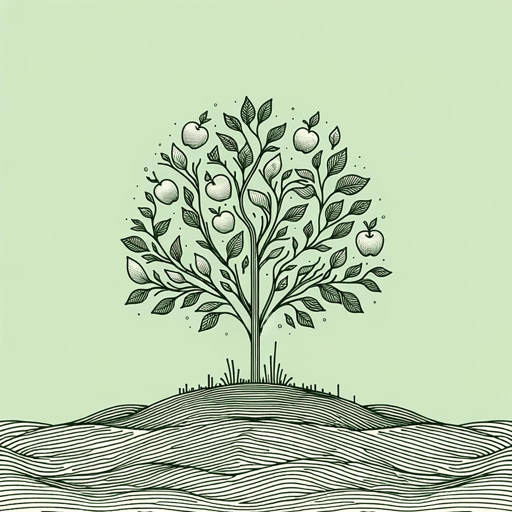26 pages • 52 minutes read
T. S. EliotAsh Wednesday
Fiction | Poem | Adult | Published in 1930A modern alternative to SparkNotes and CliffsNotes, SuperSummary offers high-quality Study Guides with detailed chapter summaries and analysis of major themes, characters, and more.
Background
Authorial Context: Eliot and Anglicanism
As the 1920s progressed, Eliot, trapped in an unhappy marriage to Vivien Haigh-Wood, increasingly felt the need for a firm religious faith. Eliot had demonstrated this sense of the brokenness of life in his landmark poem The Waste Land, but he was now moving toward the expression of another worldview altogether. He was attracted to the Anglo-Catholic movement that featured quite prominently in the Church of England at the time. In June 1927, he was baptized and became a member of the Church of England. Eliot enjoyed the formal aspects of worship, including Mass and communion, and he fully accepted all the teachings of the church. Eliot credited his conversion with giving existence meaning and also believed strongly in the power of prayer.
If Eliot had presented some of the hollow and dissatisfying aspects of modern life in The Waste Land, the poems that followed his admission to the Church of England were a new departure for him. His first “conversion” poem was in fact not Ash Wednesday but “Journey of the Magi,” which was published in 1927. The poem is narrated in old age by one of the three wise men who came to Bethlehem to worship and present gifts to the infant Jesus.
Related Titles
By T. S. Eliot

Four Quartets
T. S. Eliot

Journey of the Magi
T. S. Eliot

Little Gidding
T. S. Eliot

Mr. Mistoffelees
T. S. Eliot

Murder in the Cathedral
T. S. Eliot

Portrait of a Lady
T. S. Eliot

Rhapsody On A Windy Night
T. S. Eliot

The Cocktail Party
T. S. Eliot

The Hollow Men
T. S. Eliot

The Love Song of J. Alfred Prufrock
T. S. Eliot

The Song of the Jellicles
T. S. Eliot

The Waste Land
T. S. Eliot

Tradition and the Individual Talent
T. S. Eliot

